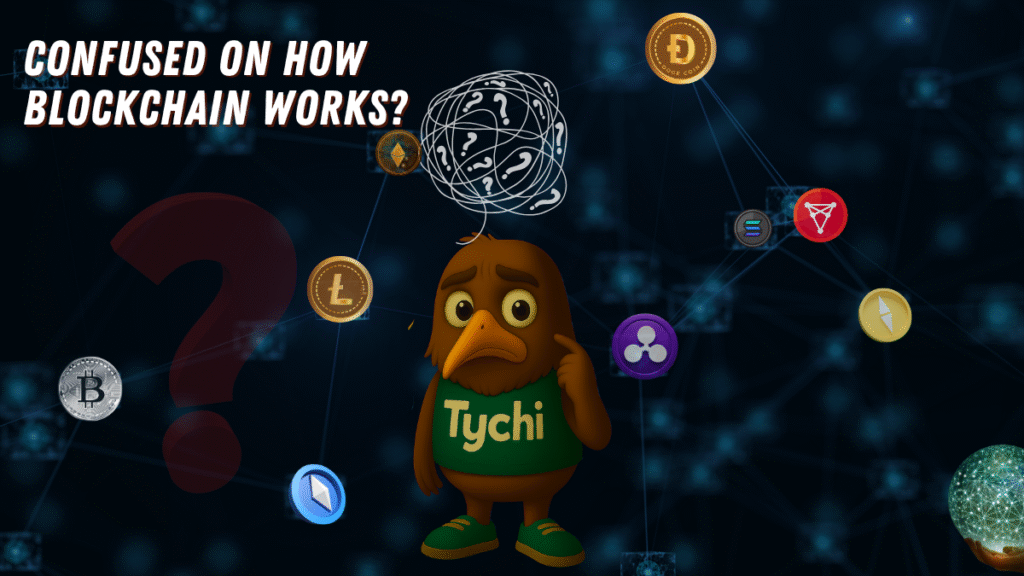
Blockchain has become one of the most talked-about innovations in the digital world—but what exactly is it, and why is it considered so revolutionary? Whether you’re curious about cryptocurrencies or interested in how data can be securely stored and shared, understanding blockchain is an excellent first step into the future of digital technology.
What Is Blockchain?
At its core, it is a type of digital ledger—a system for recording data in a way that is secure, transparent, and decentralized. Unlike traditional databases managed by a central authority, it operates on a distributed network of computers (also known as nodes). Every participant in this network holds a copy of the ledger, which means the data is not only widely accessible but also extremely difficult to alter without detection.
Once a piece of information is recorded on the blockchain, it becomes virtually immutable—meaning it cannot be changed or deleted without the consensus of the entire network. This makes it an ideal solution for securely storing sensitive or valuable data.
How Does Blockchain Work?
Information in a blockchain is organized into digital containers called “blocks.” Each block contains a set of records—such as transaction details—a timestamp, a cryptographic identifier known as a hash, and a reference to the hash of the previous block. These blocks are linked together chronologically, forming a secure and verifiable chain.
This design ensures that if any data within a block is tampered with, it will break the link with the next block, alerting the network to the change. This built-in resistance to manipulation is one of the most powerful features.
The Role of Consensus
Before a new block can be added to the chain, the network must validate the transaction using a process known as consensus. This means that the majority of participants must agree that the transaction is legitimate. Depending on the blockchain protocol, this may involve mechanisms like Proof of Work (PoW) or Proof of Stake (PoS).
Once the transaction is verified and consensus is reached, the block is permanently added to the chain. Every copy of the blockchain ledger across the network is updated in real-time to reflect the change. This trustless and decentralized validation process is what allows blockchain to operate without the need for a central authority.
Real-World Applications
Although blockchain is most commonly associated with cryptocurrencies like Bitcoin and Ethereum, its applications extend far beyond digital assets. Today, blockchain is being adopted in industries such as:
- Supply Chain Management – for real-time tracking and verification of goods
- Healthcare – to securely store and share patient records
- Identity Verification – for digital ID systems that prevent fraud
- Voting Systems – to create transparent and tamper-proof election processes
In all these cases, blockchain provides a reliable, decentralized platform for recording and verifying information, making it an invaluable tool for building trust in the digital age.
A Simple Analogy: Sticker Trading Among Friends
To better understand the concept, imagine a group of children who frequently trade stickers. Instead of one child keeping track of all the trades in a single notebook, every child writes down each transaction in their own identical notebook. When a trade happens, they all write the same information. Once a page is filled, everyone agrees it’s accurate, seals the page, and starts a new one.
If someone tries to change a past trade, their notebook won’t match the others—making the change obvious. This simple system mimics how blockchain works: a shared, tamper-resistant record where trust is built through transparency and group verification.
Conclusion
Blockchain is more than just the technology behind cryptocurrencies—it is a powerful tool for creating secure, decentralized systems that can transform how we store, verify, and share information. Whether you’re a curious beginner or a tech enthusiast, understanding how blockchain works is essential for navigating the future of the digital world.